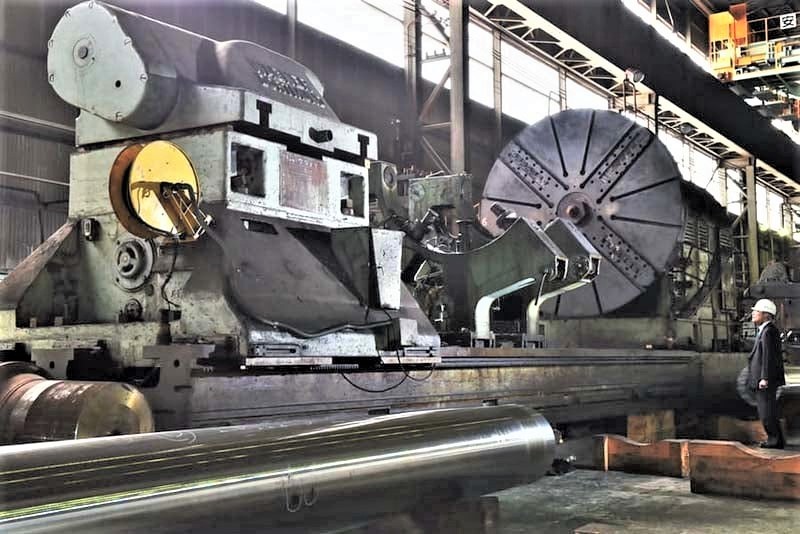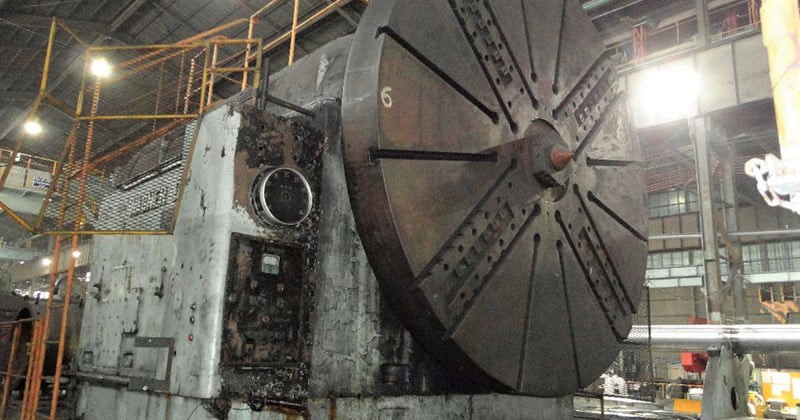historicalarms
Ultra Member
Brian James in Facebook page: Battleships, Battlecruisers, & Monitors: The Big Gun Through Two World Wars
The Japanese had a small blast from the past - out of oblivion, the general public was reminded of the existence of the legendary lathe, on which the barrels of Yamato and Mutsu's main armament gun barrels were turned. It is noteworthy that it did not originate from the UK. The Wagner machine, weighing 219 tons, was delivered from Germany in 1938 and installed at Kure Naval Arsenal. It miraculously survived after the war and was later transferred to the metallurgical company Kobe Steel at Takasago, where diesel crankshafts for supertankers and other civilian ships were made on it, the veteran of the Third Reich literally worked until recently. And now, after collecting donations - 240 million yen to date - it should be transferred to the Yamato Museum.
![242540539-4274095436031150-6144988665970084731-n.jpg]()
![243397462-4274095456031148-2725168640918367200-n.jpg]()
The Japanese had a small blast from the past - out of oblivion, the general public was reminded of the existence of the legendary lathe, on which the barrels of Yamato and Mutsu's main armament gun barrels were turned. It is noteworthy that it did not originate from the UK. The Wagner machine, weighing 219 tons, was delivered from Germany in 1938 and installed at Kure Naval Arsenal. It miraculously survived after the war and was later transferred to the metallurgical company Kobe Steel at Takasago, where diesel crankshafts for supertankers and other civilian ships were made on it, the veteran of the Third Reich literally worked until recently. And now, after collecting donations - 240 million yen to date - it should be transferred to the Yamato Museum.


I watched a documentary one time on building big gun barrels and big ship propeller shafting. After all the machining, boring & rifling is complete, those big gun barrels are placed between centers and lowered into a very long forge to be heated until red hot. They are spun continually from cold through the heating and until cool again to stress relieve & straightening. They are spun at a very high RPM ( around 6000 if I remember right) through out the 3 day process, apparently this corrects any warpage during machining and maintains straightness until cooled....a bent barrel will shoot to a consistent aiming point just as continuously as a straight barrel but when you are trying to hit a house sized target at 23 miles, I'm sure a straight barrel makes it easier LOL.
